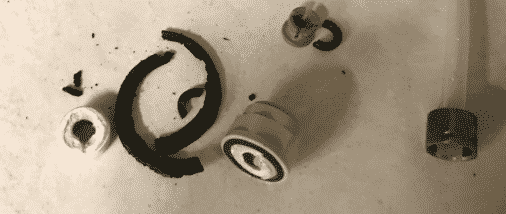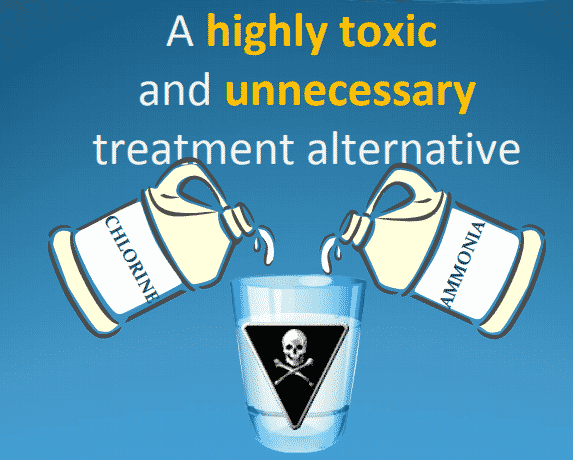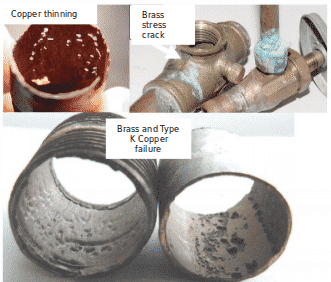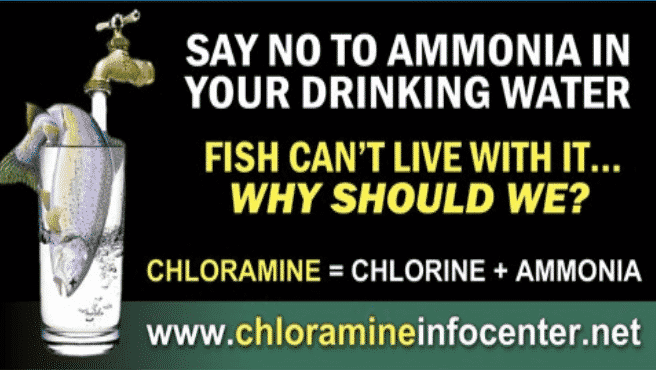Chloramines
Water treatment companies can choose different disinfectant methods and for a long time, chlorine was the disinfectant of choice; however, many municipal water treatment plants have switched to chloramines.
Chlorine dissipates quite rapidly into the atmosphere. Expose water to the open air for 24 hours, and it will become chlorine free.
Chloramines remain in the water. That’s good for the company tasked with keeping public drinking water safe from contaminants such as bacteria, which is bad for equipment. States and Cities currently treating public drinking water with Chloramines

Chloraminated waters are more aggressive than chlorine in reacting with rubbers and their derivatives. Rubber fittings and polyurethane fixtures lose their elasticity and are “more prone to cracking” because of the chloramines in the water thus parts corrode and fail at an accelerated rate.

Ice machine – Solenoid damage from Chloramines

More simple MATH
Treatment cost
Chlorine
55-gallon drum: $450
Ammonia
1-TON container: $450
Hence the increasing number of municipalities switching from 100% Chlorine treatment to Chloramines
Life span: Rubber and elastomer
Chlorine = 5 – 6 YEARS
Chloramines = 5 – 6 MONTHS

Type K copper pipe has the thickest wall of all the common types
It is used for water distribution, fire protection, oil, HVAC, and many other applications in the construction industry.

Did you ever notice in the summer months the Chlorine smell is stronger than in the winter? This is due to the municipalities treating the water at a higher concentration due to the hot temperatures
The right carbon is necessary to effectively filter (remove) Chlorine or Chloramines from municipality treated water. Proper filtration saves on plumbing, water heaters, kitchen and laundry equipment but also helps minimize skin conditions
Chlorine vs Chloramines in drinking water
https://www.youtube.com/watch?v=kqVPLjTpmr8&t=10s
